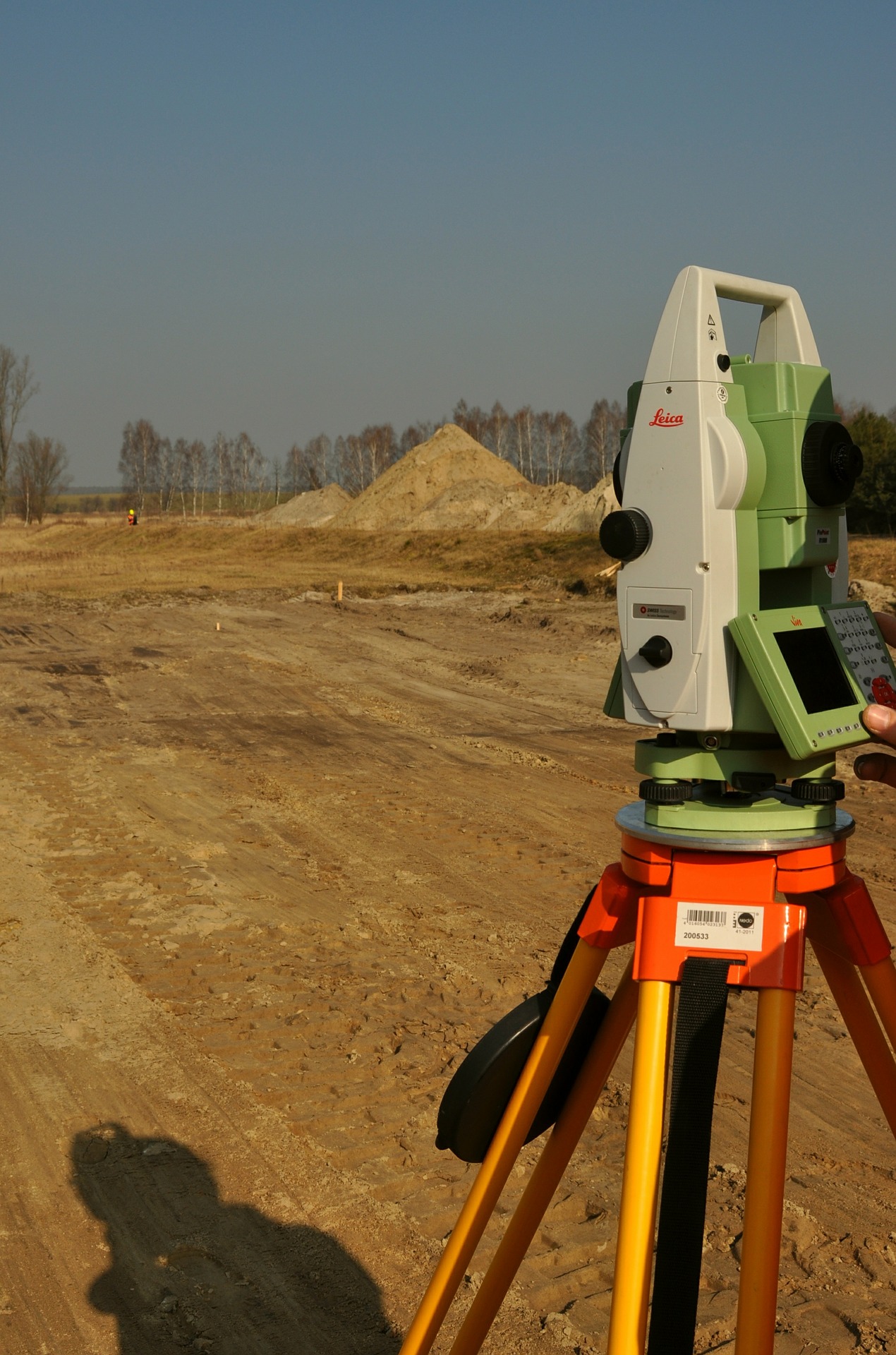Geotechnical research – full scope of work. The construction of modern facilities is determined by the construction of unusual structures and architectural forms. Having considerable dimensions, height, developed underground infrastructure, the building should have a safe foundation ensuring construction and further operation. Therefore, it is first necessary to conduct geotechnical surveys in the place selected for development.
Purpose of geotechnical research
Geotechnical research is mainly carried out in the field of designing single-storey or multi-storey residential buildings, hangars, production facilities, transshipment terminals, etc.). As well as roads and railways and underground facilities, as well as other specific structures (power lines and lighting masts, etc.).
- http://www.enklawa-natury.pl/prywatny-osrodek-leczenia-alkoholizmu/
- https://www.kto.edu.pl/ile-kosztuje-pozycjonowanie-strony-w-google/
- https://linos.pl/co-zrobic-zanim-zainwestuje-sie-w-pozycjonowanie-stron/
Geotechnical surveys are important for projects that require acceptable risk for a short period of time, such as engineering projects. A good risk assessment of geotechnical parameters is an important issue, especially in areas with difficult conditions. In order to protect these structures, it is necessary to define the basic physical and mechanical properties of the soil and to individually define and optimize each property.
Stages of geotechnical research
- Pre-design study: zoning of the territory, analysis of data from the past period, calculation of seismicity, study of hydrological conditions with the forecast of the impact on the object.
- Design surveys: study of surrounding structures, soil testing in the laboratory, including presence in the metro zone, calculation and monitoring of the stability of relief features, subsidence of objects and forecast of their further behavior.
- Structural research: geodetic research, analysis, soil preservation prediction, monitoring, environmental calculation, structures, scientific and practical support for building the facility.
Full range of geotechnical research
Geotechnical drilling is necessary to determine soil composition, take soil samples for laboratory analysis, determine groundwater levels and clarify soil layer boundaries. Drilling is mainly done with drilling equipment, less often hand-held drilling tools are used. The most popular method of drilling is auger drilling and core drilling. Drilling methods are selected depending on the task, the complexity of the building / structure and the proposed geological section.
Geotechnical tests – static probing with water pressure measurement in pores in the soil
Static probing is one of the most widely used and recognized methods of soil geotechnical research in the world. The test can be performed on compact and loose soils, the density or hardness of which does not exceed the technical parameters of the sounding equipment. Probing is carried out in order to accurately determine the boundaries of soil layers, as well as to obtain an idea of the mechanical properties of soils under natural circumstances. In the case of weak, compact soils (silt, clay), it is recommended to measure the water pressure in the soil pores.
Dynamic probing
Geotechnical testing such as dynamic sounding is mainly carried out in cases where the use of static sounding does not achieve the desired depth (due to dense, hard soils) or when it is impossible to anchor the equipment due to the specificity of the upper layer of the territory. By means of dynamic sounding, the boundaries of soil layers are improved and individual parameters of mechanical properties are determined.Laboratory geotechnical tests
Many companies that provide geotechnical research do not conduct laboratory tests in-house, but use the services of laboratories at this stage. Ideally, the laboratory analysis program is prepared on the basis of a work order submitted by the client and the test requirements specified therein. If the client is not able to present the correct work task, the laboratory will prepare a laboratory program based on its own experience, as well as taking into account the complexity of the designed structure. The number of samples taken should be sufficient to reflect the characteristic properties of a particular layer.
Preparing a report
After conducting geotechnical tests, field inspection and obtaining the results of laboratory analyzes, a geotechnical report for a specific object is prepared. The reports contain all the necessary information: about the facility, description of the methods used, conclusions and recommendations, as well as various graphic information, drawings, and test reports.
The geotechnical characteristics are determined to establish the geotechnical parameters that influence soil behavior to establish the safety values. The research describes typical geotechnical parameters for various soils. These values are average values ordered according to data obtained from geotechnical projects. The developer receives a technically efficient report with reliable data, which makes it possible to economically develop the project, calculate the estimate, build a safe structure.





